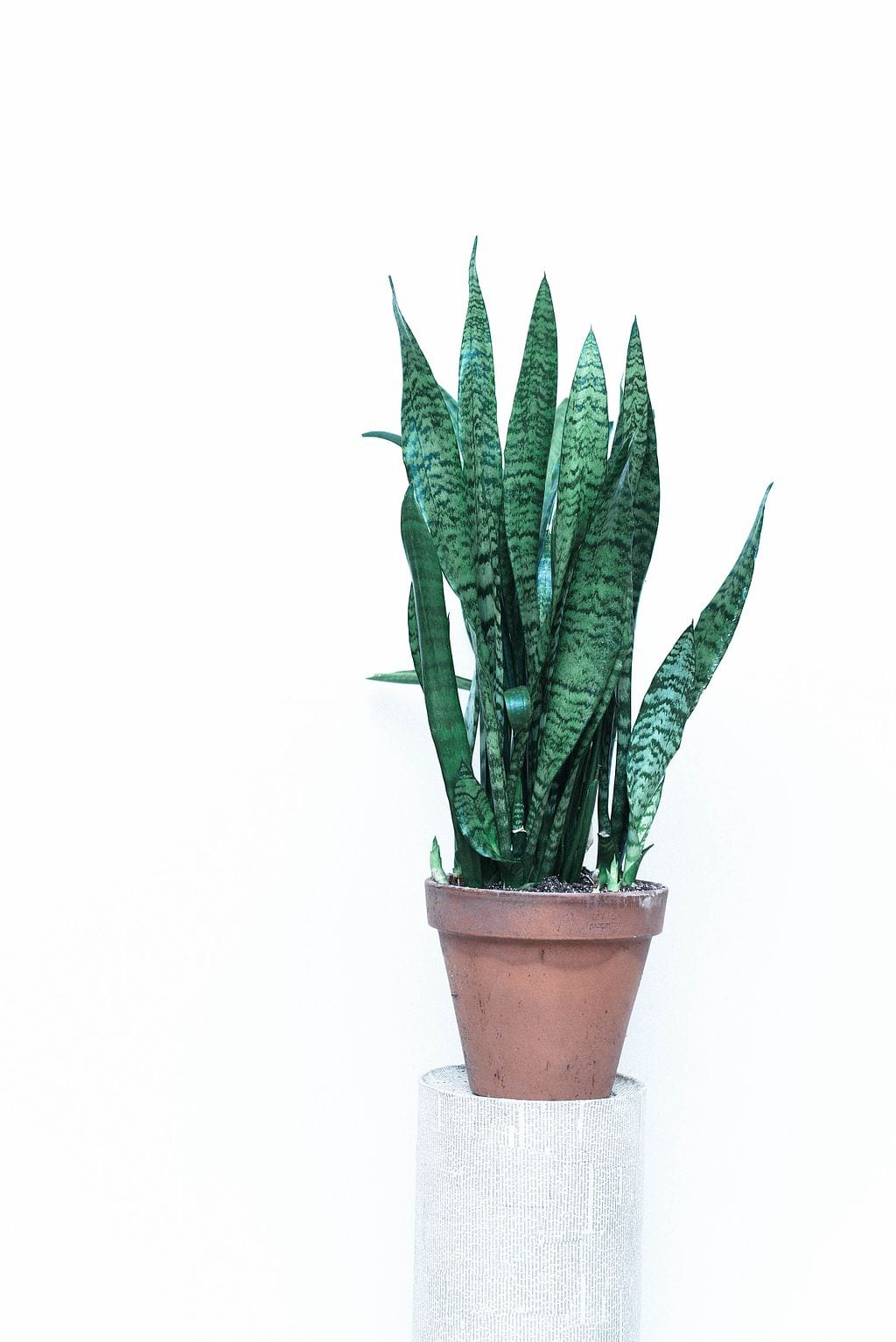Do you want to spice up your house? Add some houseplants.
Your thumb is more brown than green, you say?
Not to worry.
Here are five plants that even you can’t kill. Plus, you can buy them online. Put them throughout your living space to let others know you are a Responsible Adult with living plants – and plants (like these) can also do *some* work to clean and detoxify your air.
Scroll through this list of five plants that you simply can’t kill.
1. Snake Plant
You can’t kill this plant. It doesn’t need much water or even direct sunlight. Whenever you think about it – say once or twice a month – water it. In return, this gorgeous West African native will make your air a little bit purer.

Photo Credit: Wikimedia
2. Cast Iron Plant
Have a corner in your apartment that literally never sees any sunlight? That would be perfect for the cast iron plant, originally native to China. Also, don’t forget to water it. Kidding. You can totally forget (in fact, water it sparingly).

Photo Credit: Flickr
3. Jade Plant
This one does like sunny spots, so don’t stick it in the dark. But it definitely doesn’t need regular watering – just when the soil feels dry or it starts to look shriveled. Put a small pot of this lucky African plant in your home and reap the benefits.

Photo Credit: Pxhere
4. Aloe
You. Cannot. Kill. This. Plant. Full of vitamins A, C, E, B-12, folate, calcium, magnesium, zinc, etc., etc., it’s amazing for skin and for margaritas.

Photo Credit: Pexels
5. Rubber Plant
Native to Southeast Asia, its sap was once the primary ingredient in, you guessed it, rubber. Now, it makes a great houseplant – especially if you have high ceilings, as they can grow to be very tall. They also have beautiful dark green leaves that complement pretty much any decor.

Photo Credit: Pexels
Psyched now to get some green into your life? These plants are as beautiful as they are hardy. You can’t kill them so find a couple and make your home look good and breathe easier. You’ll also look like an adult that can keep plants alive and that’s always a good thing.
The post 5 Houseplants You Basically Can’t Kill appeared first on UberFacts.



 #prewedding #gratidao #behappy
#prewedding #gratidao #behappy #errejota #rj #riodejaneiro #rio #riosunset #visitrio #destinorj #arpoador #instabrasil #lovetotravel #melhoresdestinos #travel #instariodejaneiro #jardimbotanico #ipanemabeach #riolovers #cidademaravilhosa #natureza #brasil
#errejota #rj #riodejaneiro #rio #riosunset #visitrio #destinorj #arpoador #instabrasil #lovetotravel #melhoresdestinos #travel #instariodejaneiro #jardimbotanico #ipanemabeach #riolovers #cidademaravilhosa #natureza #brasil #southamerica #instalike #instaphoto #voegoloficial #instagram #instalove #instatravel @davisantosfotografia
#southamerica #instalike #instaphoto #voegoloficial #instagram #instalove #instatravel @davisantosfotografia


 Did you know that it is the world's northenmost botanic garden?
Did you know that it is the world's northenmost botanic garden?
 Lara
Lara 


 #highlandertours #outlandertour #outlandertours #andythehighlander #lawnmower #scottishhighlander #jamiesmen #jamieshighlanders #21stcenturyjacobite #outlander #kilt #meninkilts #menintraditionalkilts #traditionalkilts #mowingthelawn
#highlandertours #outlandertour #outlandertours #andythehighlander #lawnmower #scottishhighlander #jamiesmen #jamieshighlanders #21stcenturyjacobite #outlander #kilt #meninkilts #menintraditionalkilts #traditionalkilts #mowingthelawn . . . . #lawncare #lawnstripes #lawnmowing #lawncareservice #lawncarelife #mowingthelawn #keepmowing #mowinggrass #lawnservice #lawncarebusiness #toro #troybilt #pushmower #weedeating #weedtrimmer #weedeater #yardcleanup #yardwork #landscaping #explorepage #rixchcuts #echo #stihl #lawnmowing #lawnpro #georgialawncare #georgialandscape #lawnmaintenance
. . . . #lawncare #lawnstripes #lawnmowing #lawncareservice #lawncarelife #mowingthelawn #keepmowing #mowinggrass #lawnservice #lawncarebusiness #toro #troybilt #pushmower #weedeating #weedtrimmer #weedeater #yardcleanup #yardwork #landscaping #explorepage #rixchcuts #echo #stihl #lawnmowing #lawnpro #georgialawncare #georgialandscape #lawnmaintenance




























